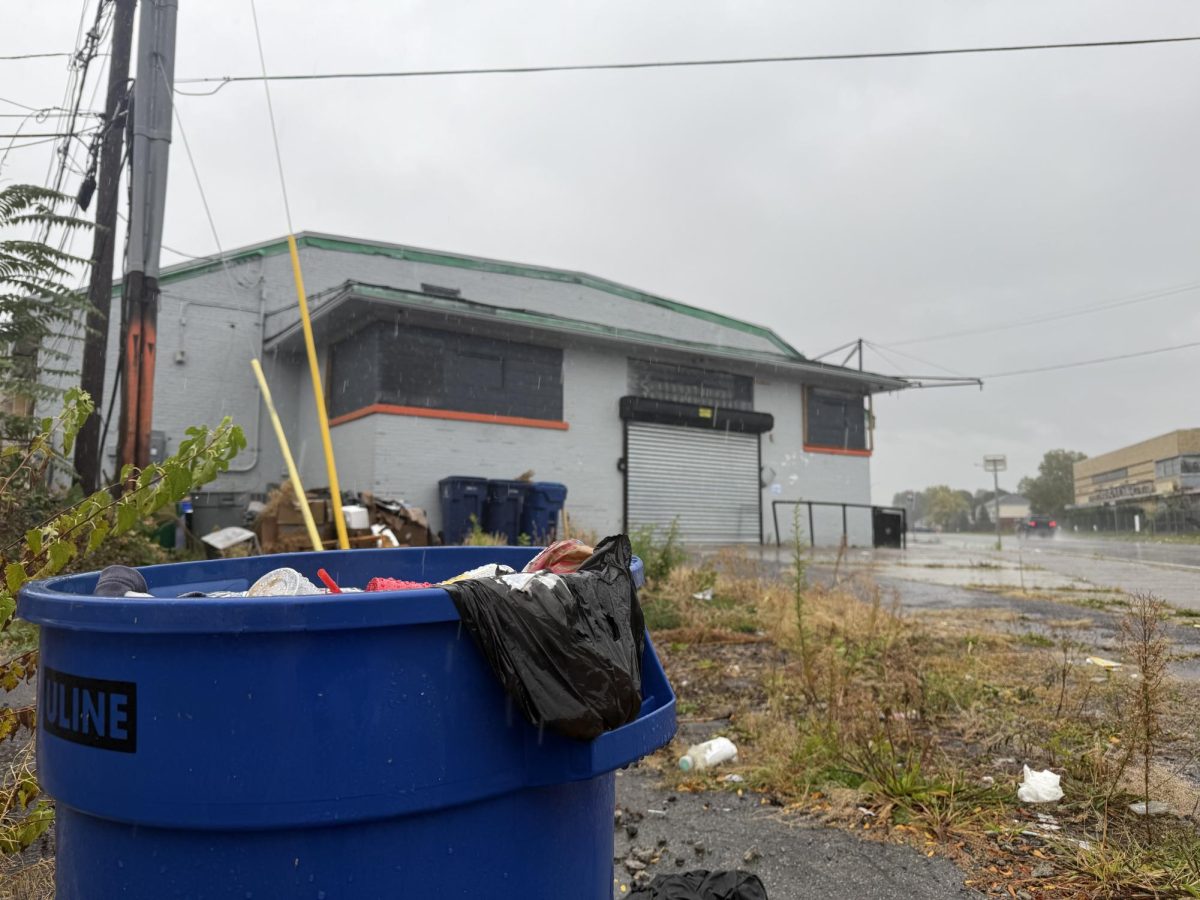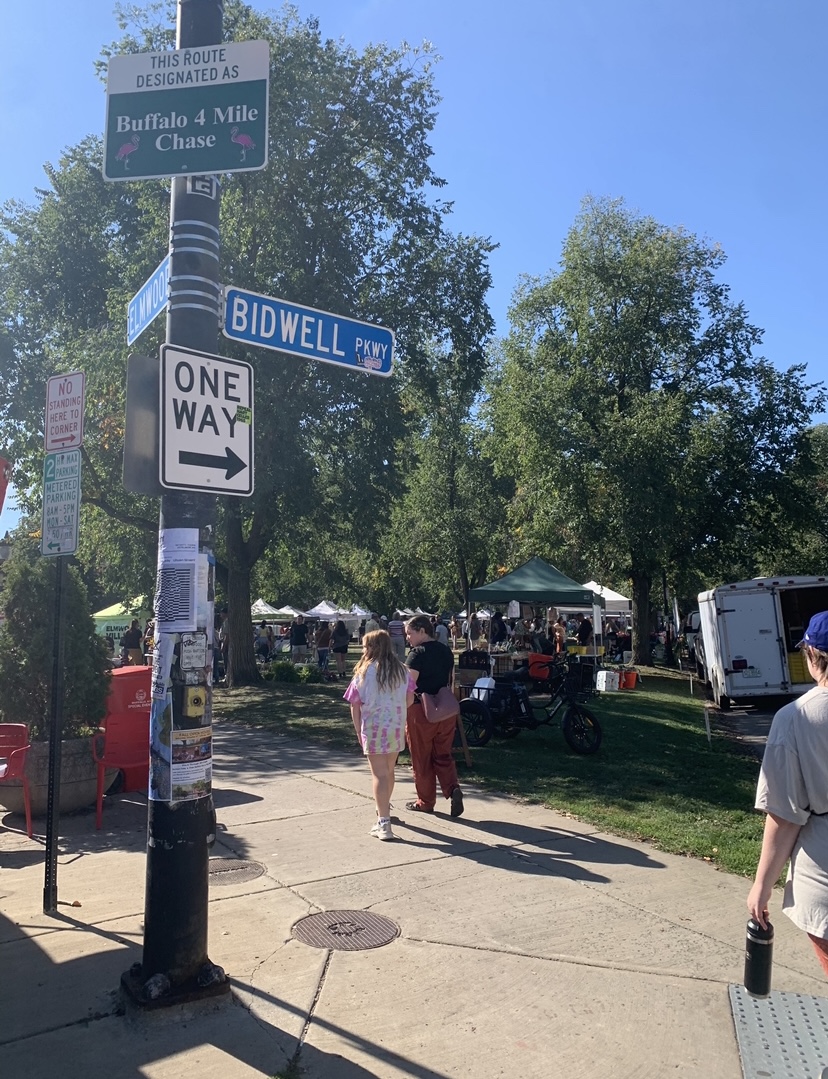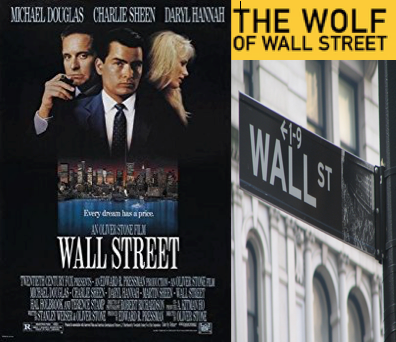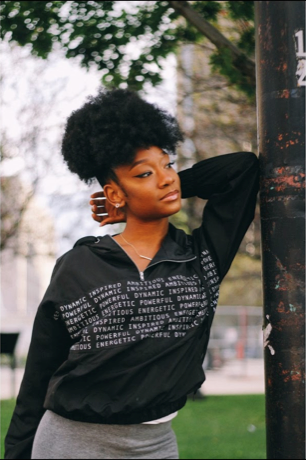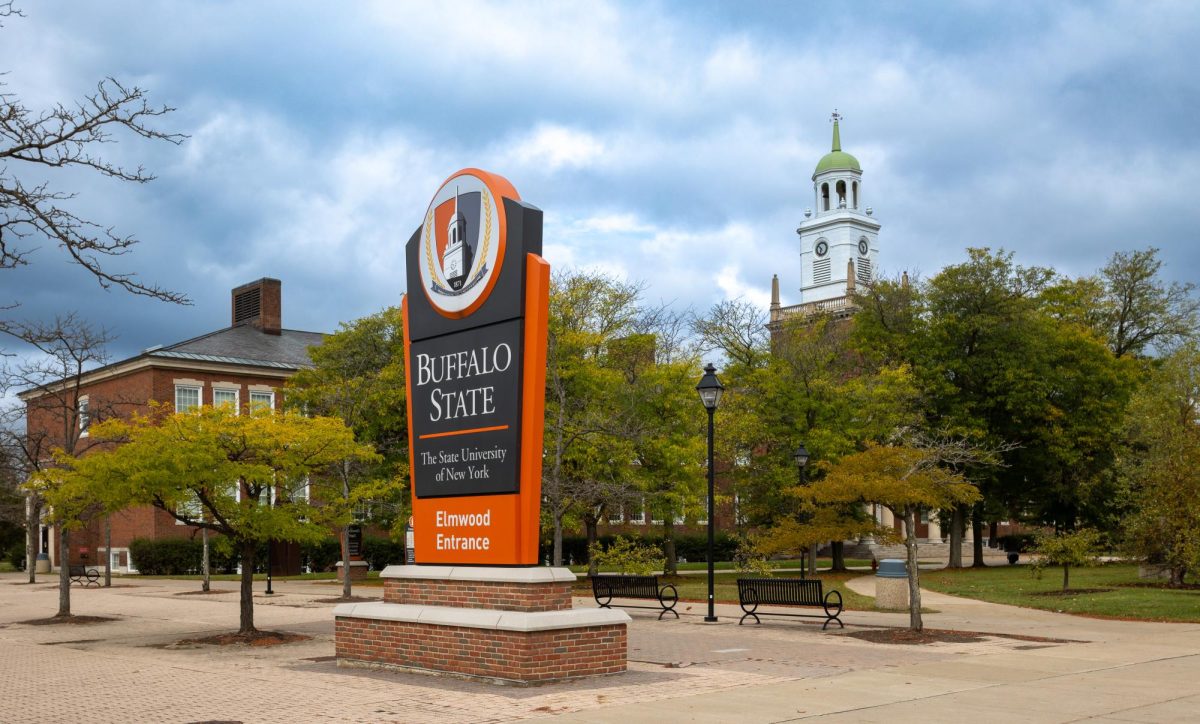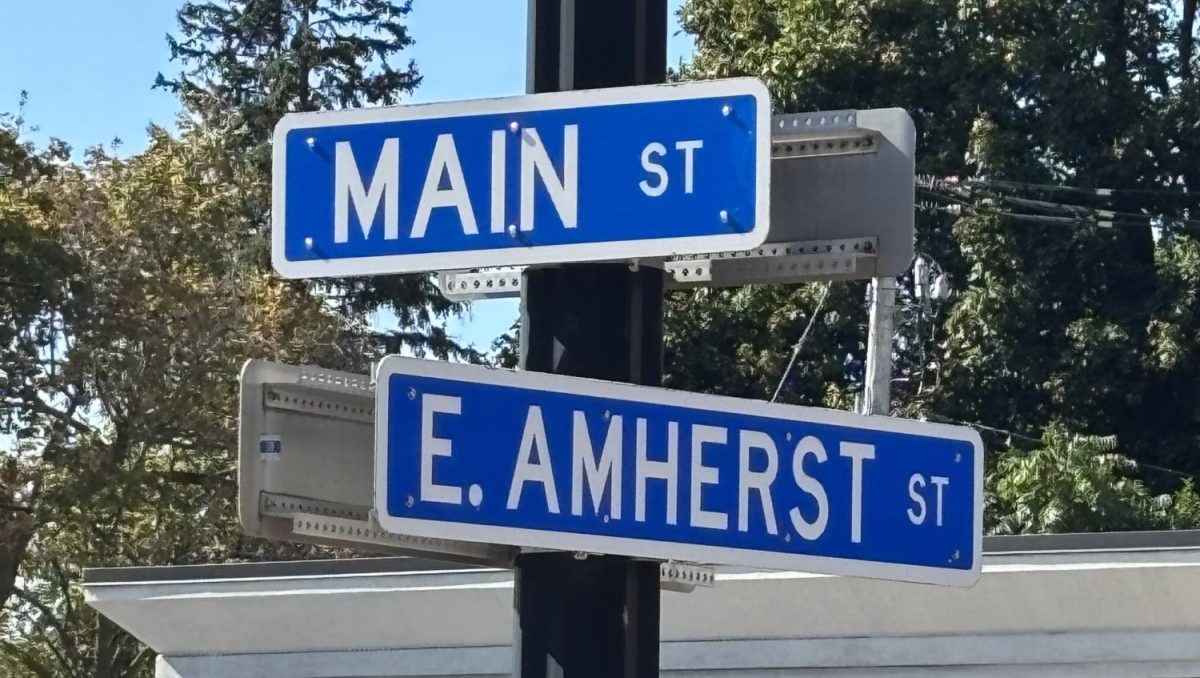Streaming services have become relatively unavoidable if you are someone who listens to music in the modern world.
Companies like Spotify have made listening to music seemingly easy. Underneath this seamless access to music, some criticize Spotify’s treatment of the artists who make the music they distribute.
Although the concept of making money from art can be complicated, it should be based on a formula that fairly compensates the creators. Imagine distributing a product through a company that is completely dependent on it and only receiving one 3000th of a cent per sale. In other words, imagine needing to sell around 330 products in order to make a single dollar. That is the average rate that an eligible artist is paid per stream on Spotify.
Musicians who use Spotify are far from what most would call Fairly compensated. Not only are royalties low but the requirements needed to become eligible to receive them is discriminatory to smaller artists. These requirements came with some new policies that Spotify has adopted regarding artist eligibility to being paid royalties.
Last year its policy changed so if a track you release doesn’t get 1000 streams within the first year, then you will not receive any royalties. Instead, the money generated from smaller artists which last year totaled $40 million is being paid to what Spotify calls “those most dependent on streaming revenue.”
It is important to take into consideration that one of the main reasons Spotify has started this new practice is because smaller artists rarely received royalties from their tracks. With withdrawal fees typically hovering around $1 to $20 at most banks, the royalties were so little it wasn’t worth it to make withdrawals. Spotify uses this as one of many rationales for their new policy, but it really shows the irrationality of the royalties that artists receive.
With the ridiculous rate at which Spotify has almost monopolized streaming music, it can be hard to find other ways to release music and get similar publicity. Right now, Spotify has more than double the subscribers of Apple Music which is the second most subscribed music streaming platform in the world.
There are other options to release music that do a better job of compensating their artists like Bandcamp, but they are not as known to average music consumers. This has made many musicians feel as if it is a necessary evil to release music on Spotify.
Brandon Belmont is a Buffalo based musician who has been playing in bands around the area since the mid 80’s. He is critical of Spotify’s royalty rates. “It’s awful. I don’t think I ever saw a penny for anything I have out there. But it’s pretty much necessary at this point.”
On the other side of the spectrum, for young emerging artists this applies even more so due to their lack of connections, making it harder to gain publicity. Owen Shotwell of the Bands Prairie Pavement and Colour Negative is one of those artists.
“I wish we didn’t have to do it on principle but it’s like shooting yourself in the foot if you don’t.”
Looking at the way artists are treated by Spotify, you can imagine how undervalued some musicians may feel when even after having tens of thousands of people stream their music, they still don’t see anything for it. It is unfortunate that people involved in music have to sacrifice their compensation in order to gain publicity.
The music industry is led by people whose focus is profit. But with the digitalization of music, the amount of ownership artists have over their own music continues to deteriorate. Currently the ownership of music is becoming less about a physical copy which in some ways is harmful to artists.
Mistreatment of musicians is not something new but is something that should change. Jonathan Bobcowicz of the band Whitetails says it best when he urges the industry to “put the art first.” This Idea can be applied to how artists should be treated by Spotify. With current treatment of artists on the platform compensating them properly doesn’t look like Spotify’s priority.




